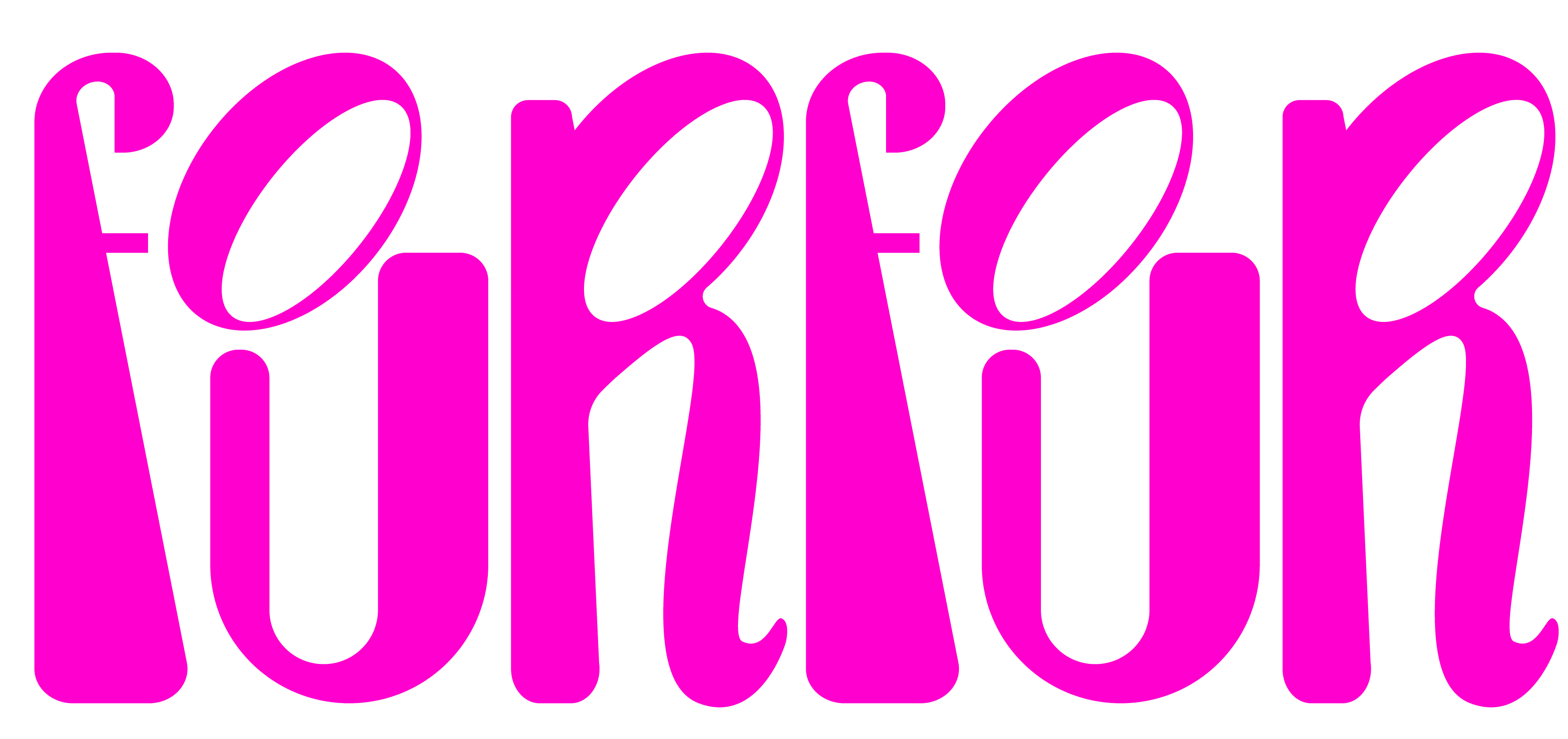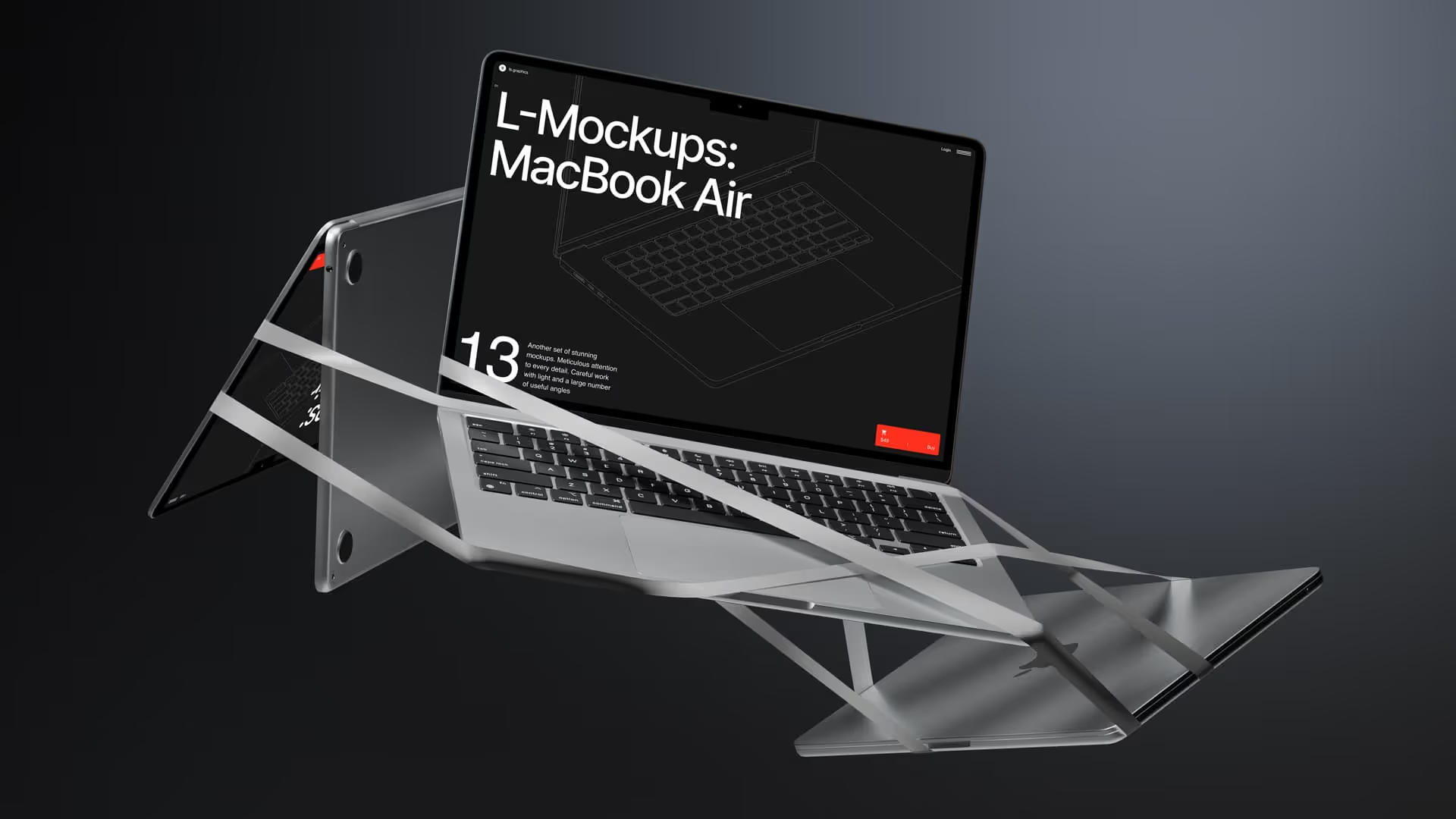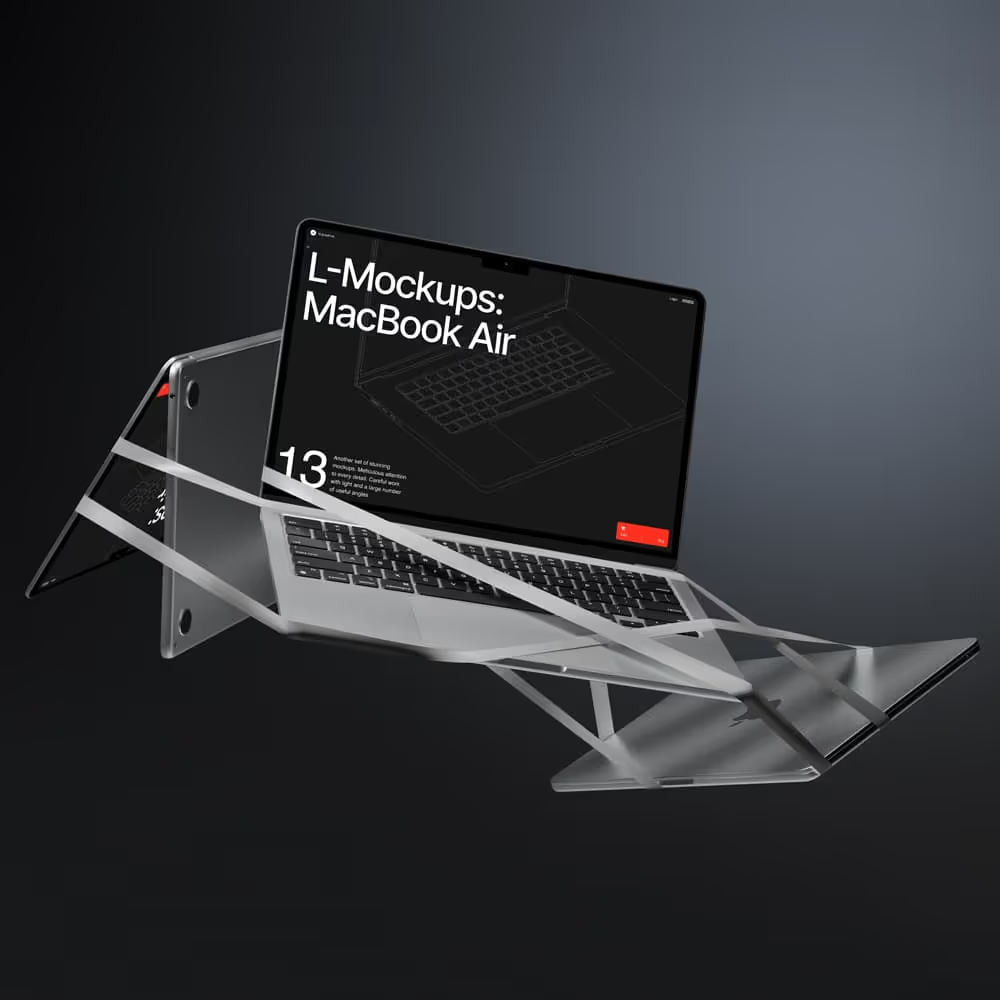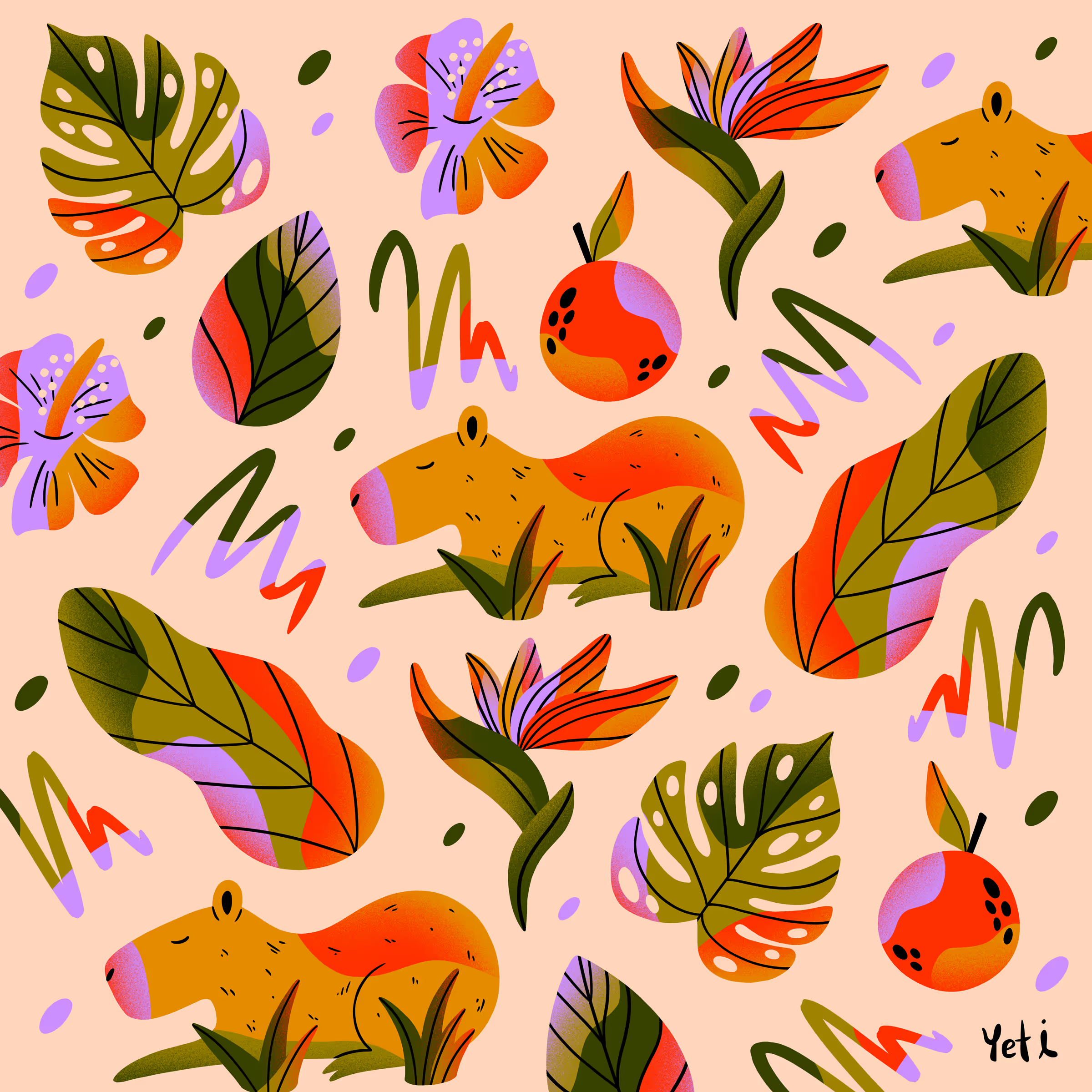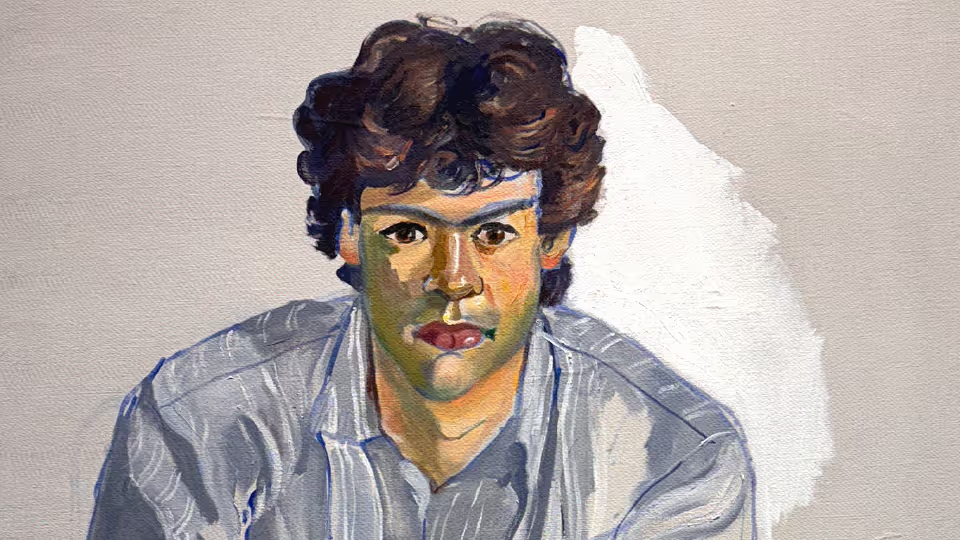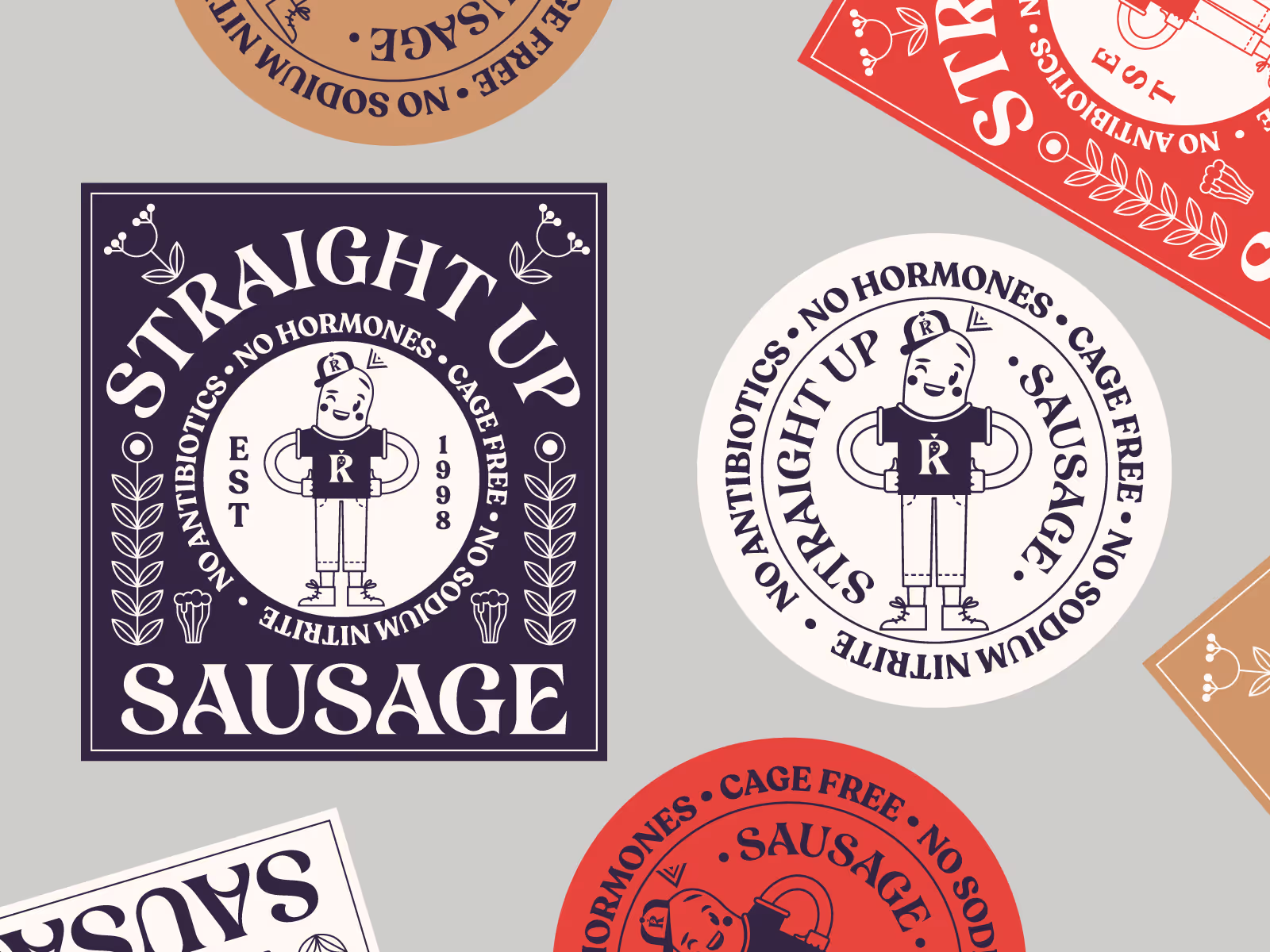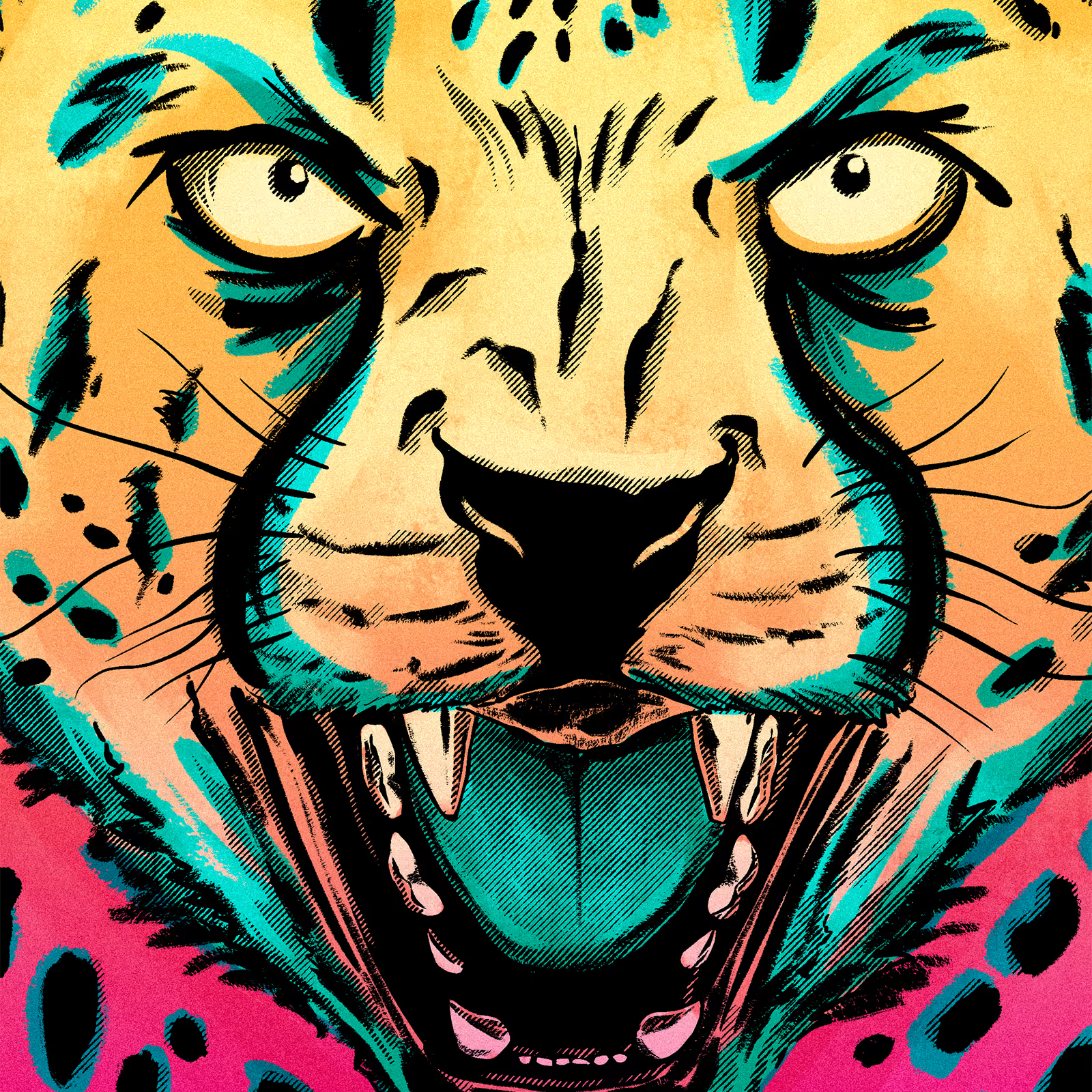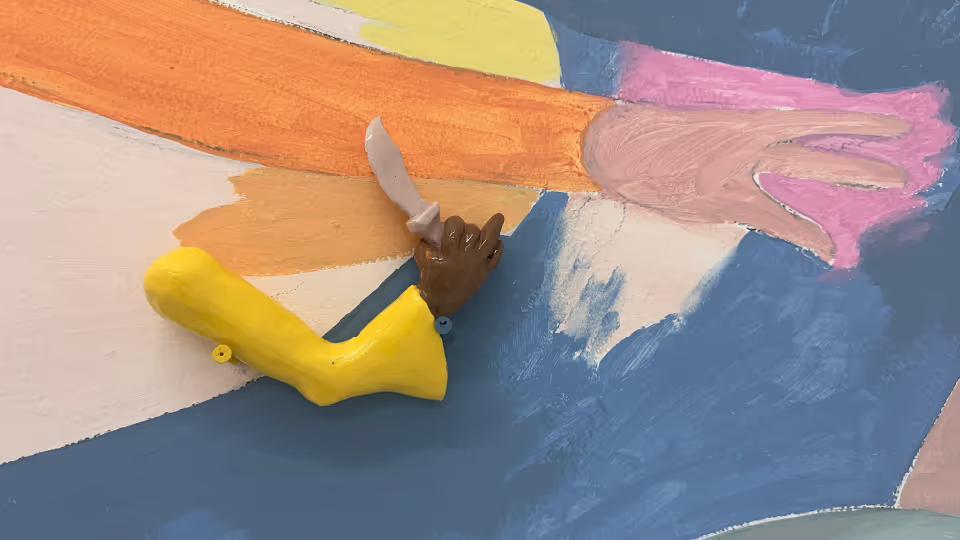Greenwashing once turned “eco” into a costume. Now, human-washing risks doing the same with “authentic.” What we’re seeing reflected back isn’t a loss of humanity, it’s a longing for it.
OpenAI just released its first brand campaign. Like its Super Bowl ads, it didn’t use any of its own products to create it.
Instead, the campaign leans on some of the oldest tools of creativity — real people and locations alongside analogue film stock.
The craft behind the new campaign is world-class. Director Miles Jay shot the spots entirely on 35mm film, giving them a warmth and texture rarely seen in tech advertising. For out-of-home, photography by Samuel Bradley adds a documentary feel, from London's Old Street Roundabout to the wide streets of Los Angeles. Styling by Heidi Bivens adds a touch of fashion-editorial polish, while OpenAI's in-house team handled creative development in collaboration with the agency Isle of Any and production by SMUGGLER.
Even the films' soundtrack choices, from Perfume Genius's 'Fool' to Simple Minds' 'Someone, Somewhere (In Summertime)', lean towards timeless rather than futuristic.
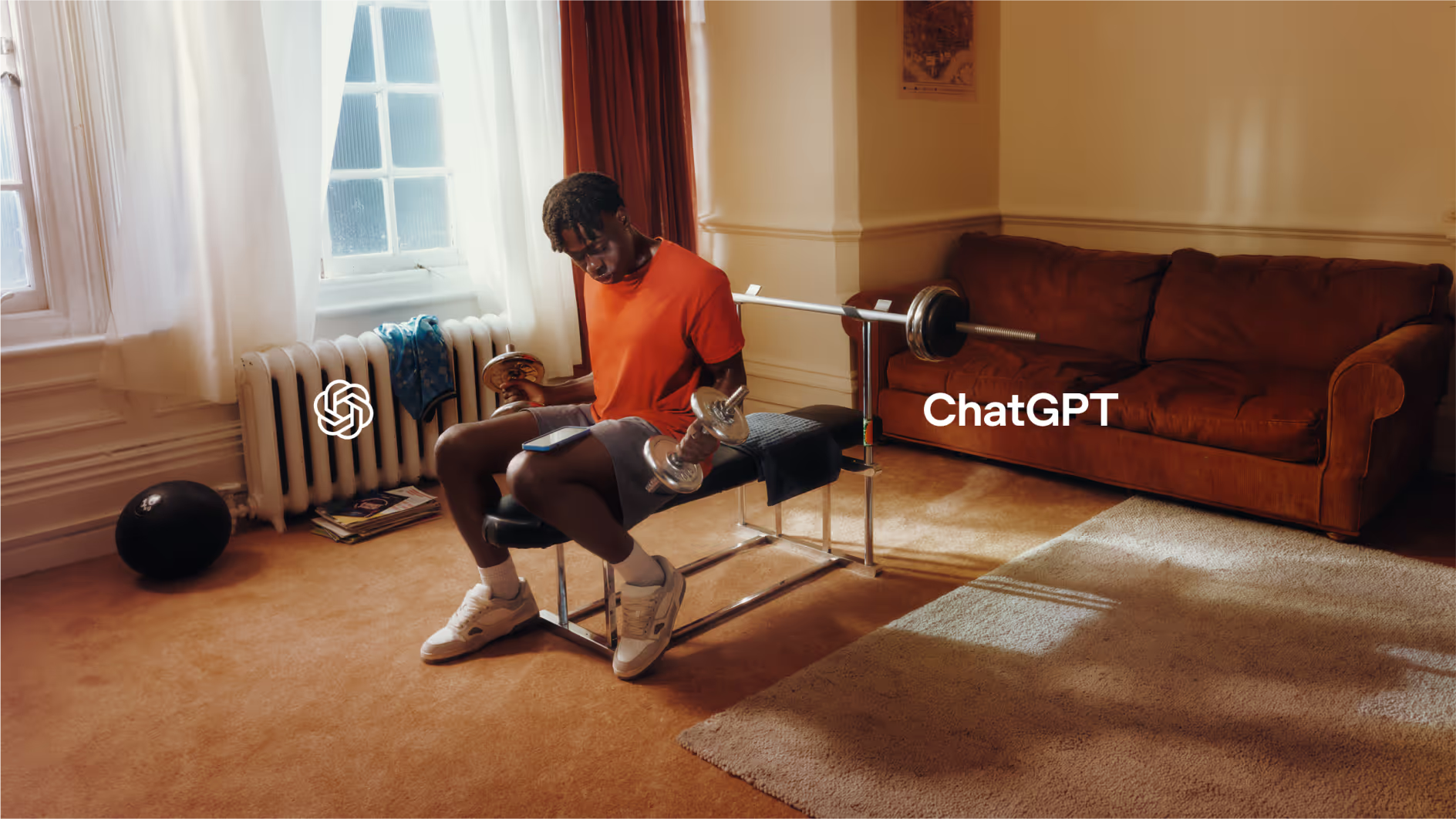
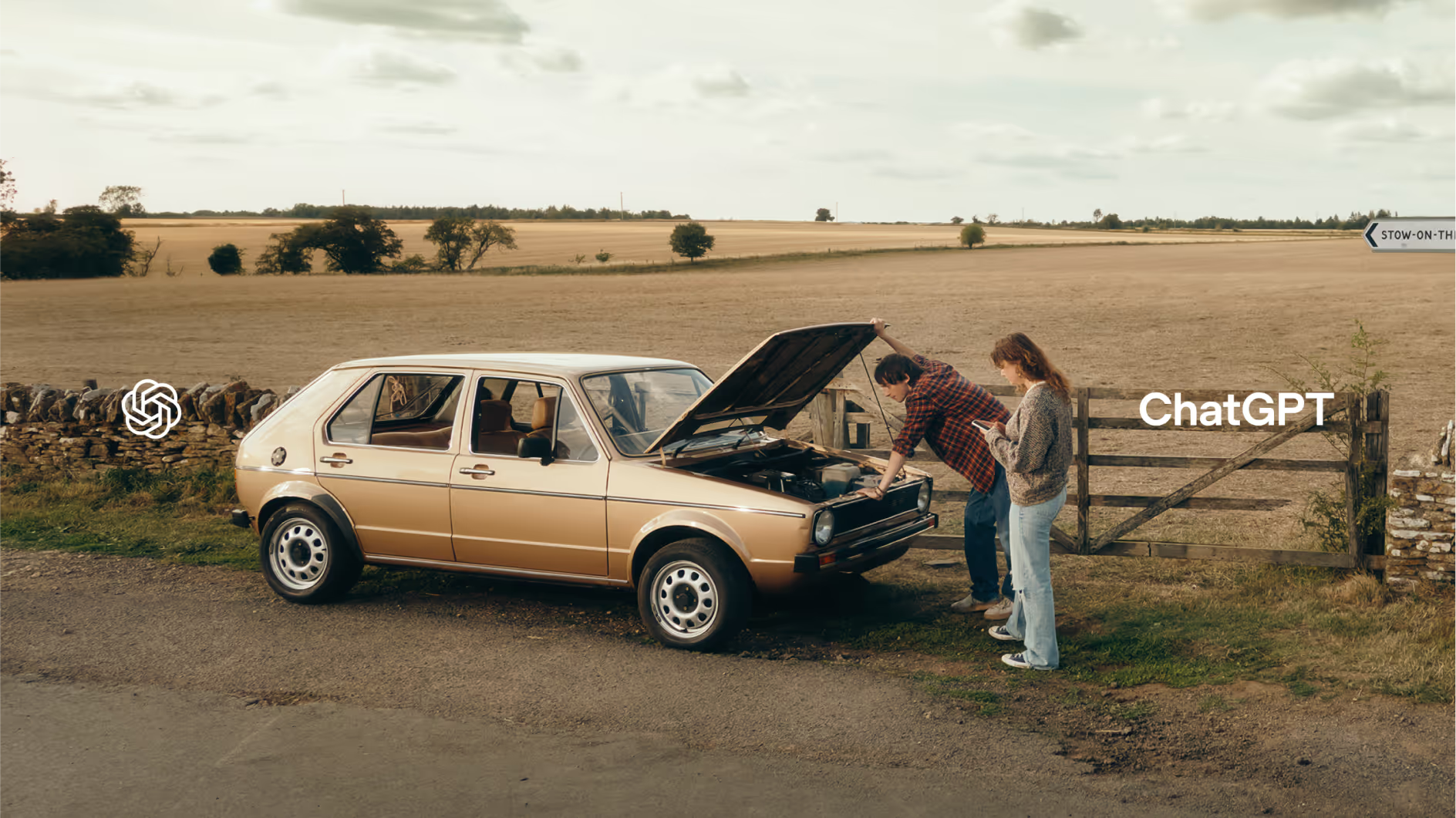
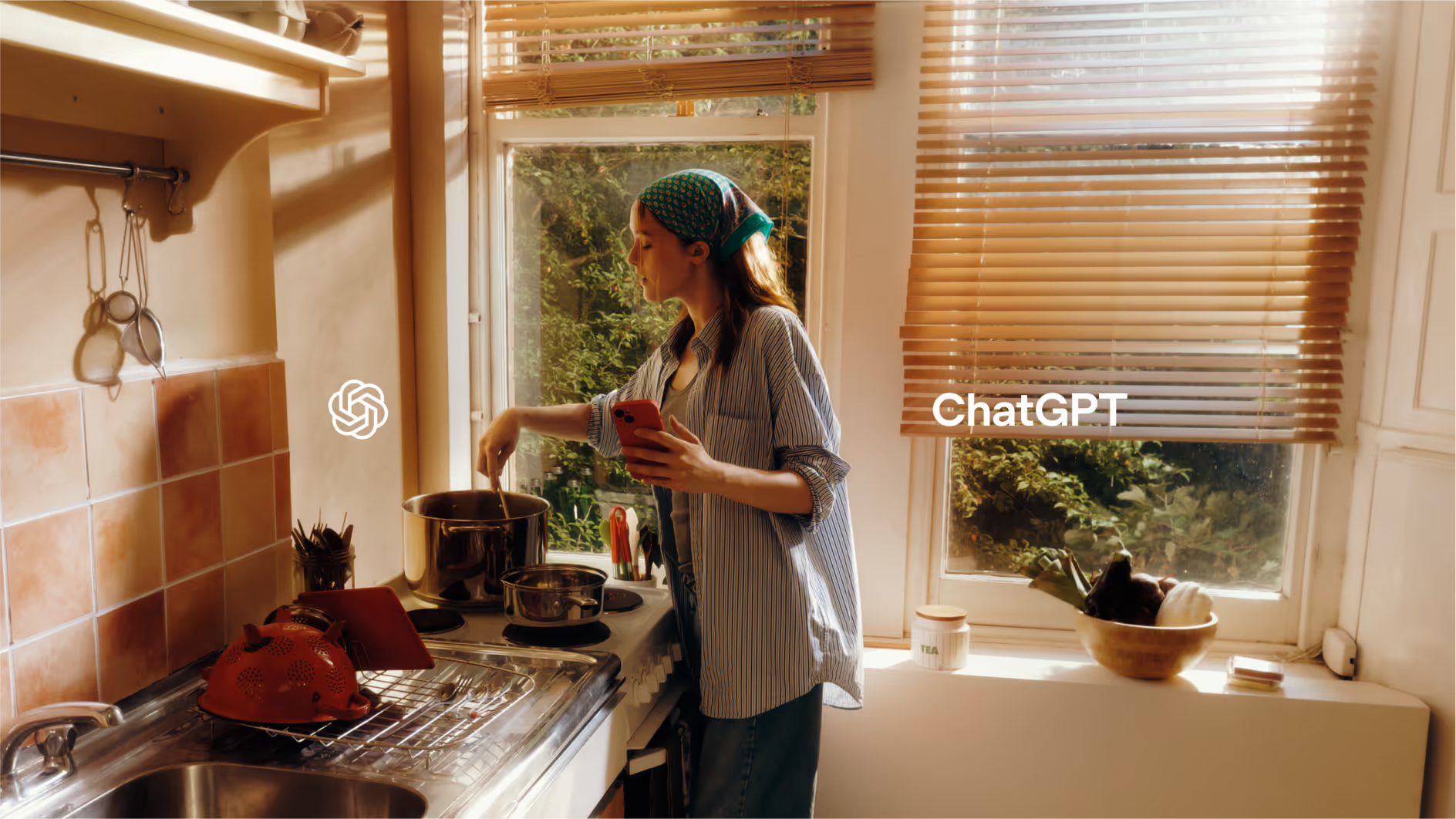
Almost simultaneously, OpenAI’s main competitor, Anthropic, opened a cafe in NYC. People lined up around the block to get a cap and a coffee mug at its pop-up “thinking space” — a temporary takeover of a West Village café.
Beyond the arty photos, the free coffees, and the “thinking” caps (boom tish), Anthropic’s event had color, rough edges, and a human touch. The message and the timing seemed very deliberate.
The campaign and its “say no to slop” message emerged just after OpenAI launched its Sora 2.0 video generation model, which quickly flooded social media with exactly the type of content the word “slop” was coined for. With AI descending into a geek-endorsed TikTok, Claude is positioned as a “thinking partner” - a serious model to support serious work by “problem solvers”.
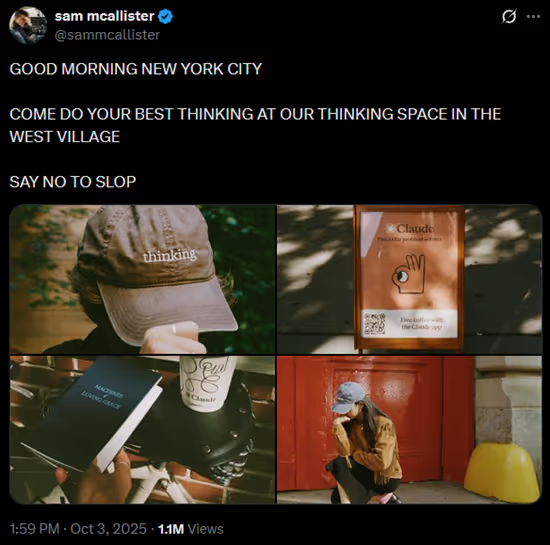
In direct and stark contrast to the humanity of these campaigns, these companies spend millions saying that if creatives don’t use their products they’ll be left behind like a candy wrapper on a carnival ground, the party certainly having moved on. But they’re proving by their own hand that creative made by bots based on millions of pieces of stolen intellectual property is so trash, that even the company that made it won’t use it.
To me, it feels like human-washing: The corporate rebrand of empathy and the aesthetic of realness. It’s not always cynical, sometimes it’s confusion. Maybe brands want to be human, but they don’t know what that means any more.
Both the cafe and the film campaign were beautifully crafted. But when a company makes us feel human in its marketing, yet feels mechanical in its experience — what version of humanity are they actually selling?
Greenwashing once turned “eco” into a costume. Now, human-washing risks doing the same with “authentic.” What we’re seeing reflected back isn’t a loss of humanity, it’s a longing for it.
And maybe that’s the real work now, not to look more human, but to build systems, teams, and stories that are simply more humane.
